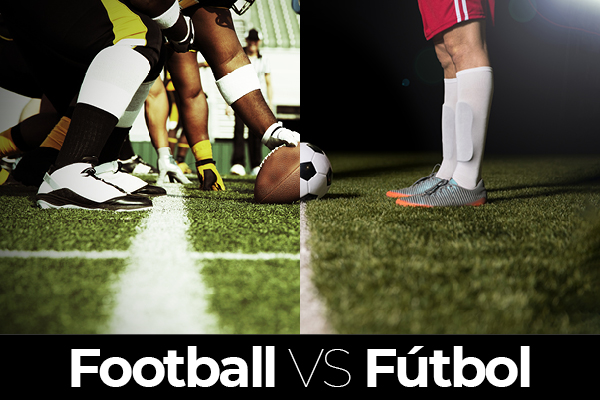As we watched the FIFA World Cup over the past several weeks, we couldn’t help but comment on how different the soccer watching experience was from other U.S. sports.
Sports viewers in the United States are well-accustomed to commercial breaks; it has become an integral part of the gameday experience. Watch the final two minutes of a close Final Four or NBA Finals game, and you’re in for a large number of breaks and commercials. Watch the NFL, particularly national broadcasts, and you’re in for a commercial bonanza over the course of an entire game. These commercials even play a role in a U.S. “holiday”: Super Bowl Sunday.
Most U.S. sports include dedicated commercial breaks in their local and national broadcasts, taking advantage of breaks in play to promote products and services. But not all; one sport that has historically not included significant commercial breaks is soccer. In fact, as soccer has increased in popularity in the U.S., a significant struggle has emerged in the relationship between gameplay and commercial airtime. Traditionally, soccer is played uninterrupted for its entire 90 minutes plus stoppage time, except for a 15-minute break at the 45-minute mark (halfway). However, as soccer has grown in the U.S., broadcasters are looking for ways to maximize their revenues, including ad revenue. For example, Apple TV recently purchased exclusive rights to MLS games beginning in 2023, and appear to be planning in-game advertisements, although nothing has been finalized, including the look and frequency of such promotional materials.
According to a January 2020 analysis by FiveThirtyEight, which looked at a combination of regular and postseason games played across 5 leagues (NFL, MLB, NBA, NHL, and the English Premier League, or EPL) in October and November of 2019, the four major U.S. sports averaged about 23-24% of their airtime on commercials (between 33.5 (NBA) and 51.8 (playoff MLB) minutes). In comparison, the EPL averaged about 8.5% (10.1 minutes). For regular season games, the NFL led all with 49.9 minutes of commercials and, significantly, the least amount of active gameplay (18 minutes, 8.6% of the broadcast). And, as of 2021, the NFL allowed an extra 2 minutes of advertisements to air during the playoffs, further distorting the time between actual gameplay and commercials.
In some sports, there are natural ad breaks. Baseball, for example, allows for a short commercial break while teams change from offense to defense within, and at the end of, each inning. This changes a bit in the postseason with about a minute extra of ads, but overall, the commercial breaks come fairly naturally. It is also important to note that there are a guaranteed 17 commercial breaks in a full regulation game, with the potential for an 18th if the game extends to to extra innings. That does not even include breaks for pitching changes. In contrast, football and basketball coverage builds in commercial pods at set times during the action, insuring to air their commercial loads.
But some of the disparity between commercial time in the EPL and U.S. sports is likely cultural, too. The United States has long had a focus on mass media advertising, whereas brands in Europe are more focused on building personal relationships with consumers. In fact, countries like the United Kingdom have strict limits on how much time per hour can be spent on commercials, with the UK limiting it to no more than 12 minutes in any given hour and an average of 7 minutes per hour (8 during primetime) overall. In contrast, there are no limits to how much time can be devoted to commercials in the United States, with the exception of children’s programming.
Regardless, what does this significant level of commercial airtime in U.S. mean as soccer continues to grow in the United States? It likely means that additional ads are coming to the sport one way or another, in some form; as mentioned above, Apple is pursuing additional advertising options for their exclusive MLS contract beginning in 2023. But there are some potential ways to address this issue. One possible solution that has already been pursued to a degree is in-game advertisements. Unlike U.S. football, there are more areas on or near the playing field that can act as backdrops to allow for advertisements to be viewed during play; green screens have previously been used in soccer and have been used frequently behind home plate during baseball games. Further, as we have seen on some channels and with professional golf coverage, split screens can provide chances to promote while still showing games or matches uninterrupted. In addition, while not directly beneficial to TV partners, soccer jerseys have long been used to advertise brands in a way that minimally disrupts gameplay.
As a result of this near-certain upcoming advertising push in soccer, there are opportunities to become creative in the way that advertisements are delivered. How do broadcasters balance their advertising goals with the continual action of a sport like soccer, without incurring the viewing public’s wrath? How can advertisers take advantage of the opportunity of a continually engaged audience with promotions that embrace action on the pitch? It will be interesting to see what happens, and what impact any innovations that result from these efforts could potentially have on how we watch sports in the United States.
Football vs. Fútbol (But It’s Not What You Think)


